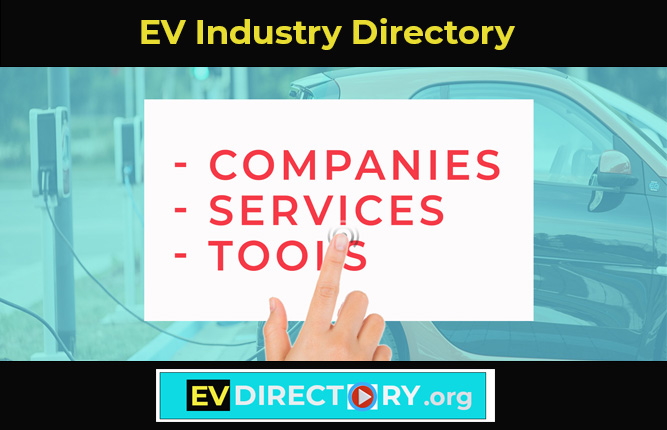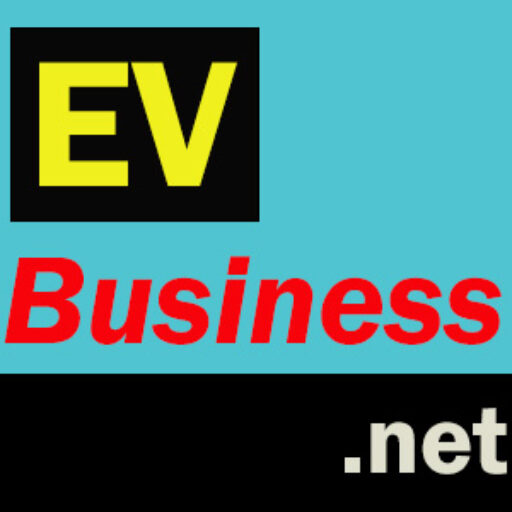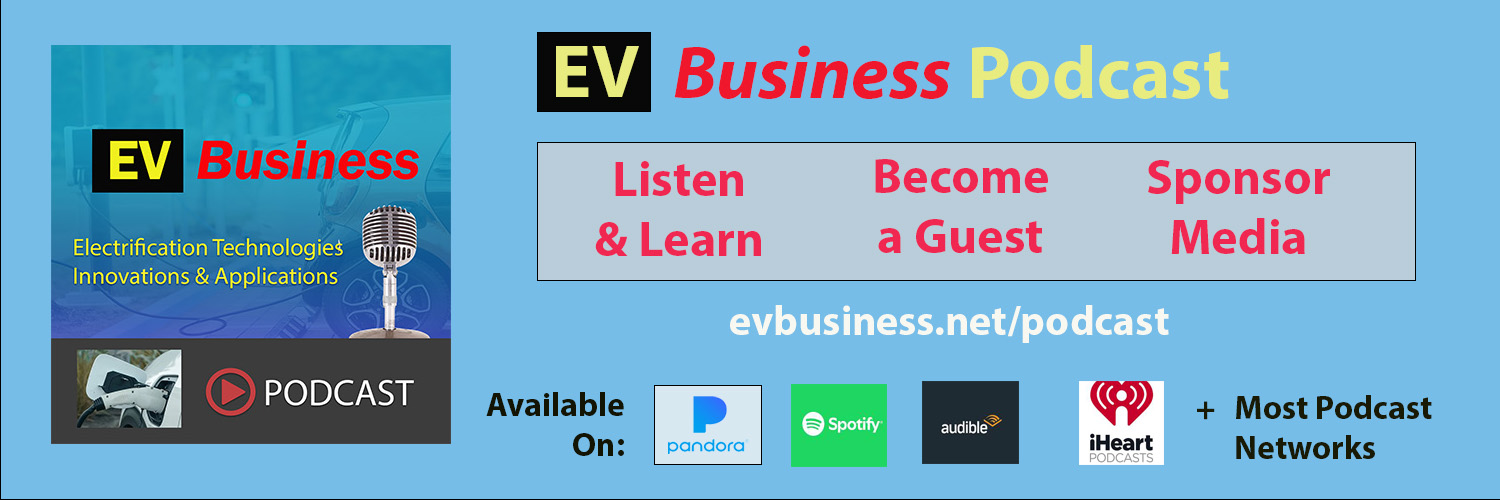Vehicle-to-Grid (V2G) companies provide equipment, software and services that enable EVs to supply energy back to the grid – V2G. These solutions solve critical issues like battery health management, cybersecurity, and grid compliance, ensuring safe and efficient energy transfer. Key features include energy management software for real-time optimization, broad EV and charger compatibility, and robust hardware designed for reliability. With support for residential, commercial, and fleet deployments, V2G systems integrate seamlessly with renewable energy, provide detailed analytics, and offer transparent revenue models. Explore V2G providers to enhance energy efficiency, sustainability, and financial returns.
Vehicle to the Grid – V2G Systems

Vehicle to the Grid – V2G Systems List
ChargePoint – ChargePoint operates one of the world’s largest EV charging networks, offering a comprehensive range of residential and commercial charging solutions.
Duke Energy – Duke Energy is an American electric power holding company implementing V2G pilot programs to explore the benefits of bidirectional EV charging for grid stability.
EDF Energy – EDF Energy provides innovative energy solutions, including V2G services, to help balance the grid and promote sustainable energy use.
Enel X – Enel X provides smart EV charging solutions and services, focusing on sustainability and integrating renewable energy sources into the charging infrastructure.
Fermata Energy – Fermata Energy develops V2G technology that enables EVs to provide energy storage solutions, supporting grid stability and reducing energy costs.
Ford Motor Company – Ford is an American automaker actively integrating V2G technology into their electric vehicle lineup to support energy resilience and grid services.
General Motors (GM) – GM is a leading automotive manufacturer developing V2G capabilities to allow their EVs to interact with the power grid, enhancing energy efficiency and grid stability.
Gismo Power – Gismo Power is a U.S. startup developing mobile solar carports equipped with bidirectional EV chargers, enabling energy transfer between EVs, solar panels, and the grid.
IoTecha Corporation – IoTecha develops hardware and software solutions for smart charging and V2G applications, enabling seamless communication between EVs and the grid.
LADE – LADE provides flexible and automated end-to-end charging solutions with V2G technology, enabling distributed and controlled buffer storage of electricity in the grid.
Next Kraftwerke – Next Kraftwerke operates one of the largest Virtual Power Plants, integrating decentralized energy resources, including V2G systems, to provide grid services.
Nuvve Corporation – Nuvve specializes in V2G technology, offering solutions that transform EVs into grid assets through their intelligent energy platform.
OVO Energy – OVO Energy offers V2G charging solutions that enable EV owners to discharge electricity back to the grid, promoting renewable energy use and grid stability.
Pacific Gas and Electric Company (PG&E) – PG&E is a California-based utility company conducting V2G pilot programs to integrate EVs as energy resources for grid support during peak demand times.
Smart Future Energy – Smart Future Energy offers energy storage and bidirectional charging systems that utilize EV batteries to balance the grid through peak-shaving and frequency modulation.
Synop – Synop is a U.S. startup offering an AI-based orchestration solution for utility companies and commercial fleets, optimizing bidirectional EV charging and discharging.
The Mobility House – The Mobility House offers smart charging and energy solutions, enabling V2G integration to optimize energy costs and support renewable energy integration.
Toyota Motor Corporation – Toyota is a global automotive manufacturer exploring V2G solutions to enable their EVs to contribute to grid stability and renewable energy integration.
Virta Ltd. – Virta provides a comprehensive EV charging platform with V2G capabilities, facilitating the integration of EVs into the energy market.
Volkswagen Group – Volkswagen is a German automaker developing V2G technologies to allow their electric vehicles to supply energy back to the grid, promoting sustainable energy use.
Vehicle to the Grid – V2G Systems Key Features and Capabilities
Battery Health Management
Ensure V2G systems are designed to minimize the degradation of EV batteries during energy transfer processes. This is important because preserving battery longevity protects one of the most valuable components of an EV and ensures cost-effectiveness for users.
Cybersecurity
Ensure V2G solutions have robust encryption, secure authentication, and regular software updates to safeguard data and grid systems. This is crucial to protect against cyberattacks that could compromise user privacy, system performance, or even grid stability.
Customer Support and Service
Verify the availability of responsive customer service, technical support, and comprehensive maintenance packages. Reliable support is essential for addressing potential issues quickly and ensuring a seamless experience for users.
Data Analytics
Look for tools that provide detailed insights into energy usage, cost savings, and environmental impact. These analytics are important for users to track performance, optimize usage patterns, and measure their contribution to sustainability goals.
Deployment Options
Ensure the solution offers flexibility for residential, commercial, and industrial setups, with customizable features to meet different needs. Flexible deployment allows broader adoption of V2G technology across diverse user groups.
Energy Management Software
Select software that provides real-time monitoring, energy optimization, and scheduling features. Advanced energy management software ensures efficient energy usage and maximizes financial returns for users.
EV Charger Compatibility
Confirm the system supports widely-used EV charging standards, such as CHAdeMO and CCS, and integrates with existing charging infrastructure. This compatibility is critical to avoid costly hardware replacements and ensure smooth operations.
Electric Vehicle Compatibility
Ensure V2G systems support a wide range of EV makes and models from various manufacturers. Broad compatibility allows more EV owners to participate in V2G programs, increasing overall adoption and grid benefits.
Fleet Integration
Check for features specifically designed for managing and optimizing EV fleets in V2G applications. Fleet integration is vital for businesses to efficiently operate large-scale EV deployments and maximize energy returns.
Geographic Availability
Verify that the company operates in your region and complies with local regulations and energy market requirements. Geographic compatibility ensures that the system meets regional needs and functions seamlessly with local grid infrastructure.
Grid Compliance
Ensure the system adheres to local grid standards and possesses all necessary certifications. Compliance with regulatory frameworks ensures safety, reliability, and approval for operation within your energy market.
Grid Interoperability
Confirm the ability to integrate with existing grid infrastructure, energy management systems, and third-party platforms. Interoperability is critical for enabling seamless communication between the V2G system and the grid.
Hardware Reliability
Ensure the V2G equipment is durable and capable of long-term operation in various environmental conditions. Reliable hardware minimizes downtime and reduces the need for costly repairs or replacements.
Installation Support
Verify the availability of professional installation services and guidance for setting up the system. Proper installation is crucial for ensuring the system’s functionality, safety, and long-term performance.
Load Balancing
Look for systems that can efficiently manage energy during peak demand and stabilize grid energy distribution. Effective load balancing helps prevent grid overloads and ensures a stable energy supply for all users.
Real-Time Grid Feedback
Verify the system can respond dynamically to real-time grid signals and fluctuations in energy demand. This feature is essential for optimizing grid operations and supporting renewable energy integration.
Renewable Energy Integration
Ensure the solution seamlessly integrates with renewable energy sources such as solar panels and wind turbines. Integration with renewables maximizes environmental benefits and aligns with sustainability goals.
Revenue Models
Evaluate transparent pricing structures and revenue-sharing mechanisms for energy fed back to the grid. A clear revenue model ensures users can accurately predict financial returns and incentives.
Scalability
Assess the system’s ability to grow and accommodate more users, EVs, and increased energy demands. Scalability is important for ensuring the solution can adapt to future needs and support larger deployments.
Sustainability Focus
Choose companies committed to promoting renewable energy use and minimizing environmental impact. A strong sustainability focus aligns with global efforts to reduce carbon emissions and transition to greener energy systems.
User Training
Verify the availability of training materials, guides, and resources to help users understand and operate the system effectively. Proper training ensures users can fully utilize the system’s capabilities and maximize its benefits.
V2G Ecosystem
Consider companies with strong collaborations with EV manufacturers, utility providers, and grid operators. A robust ecosystem enhances system reliability, interoperability, and market access for users.
Vehicle to the Grid – V2G Glossary
<category glossary>

